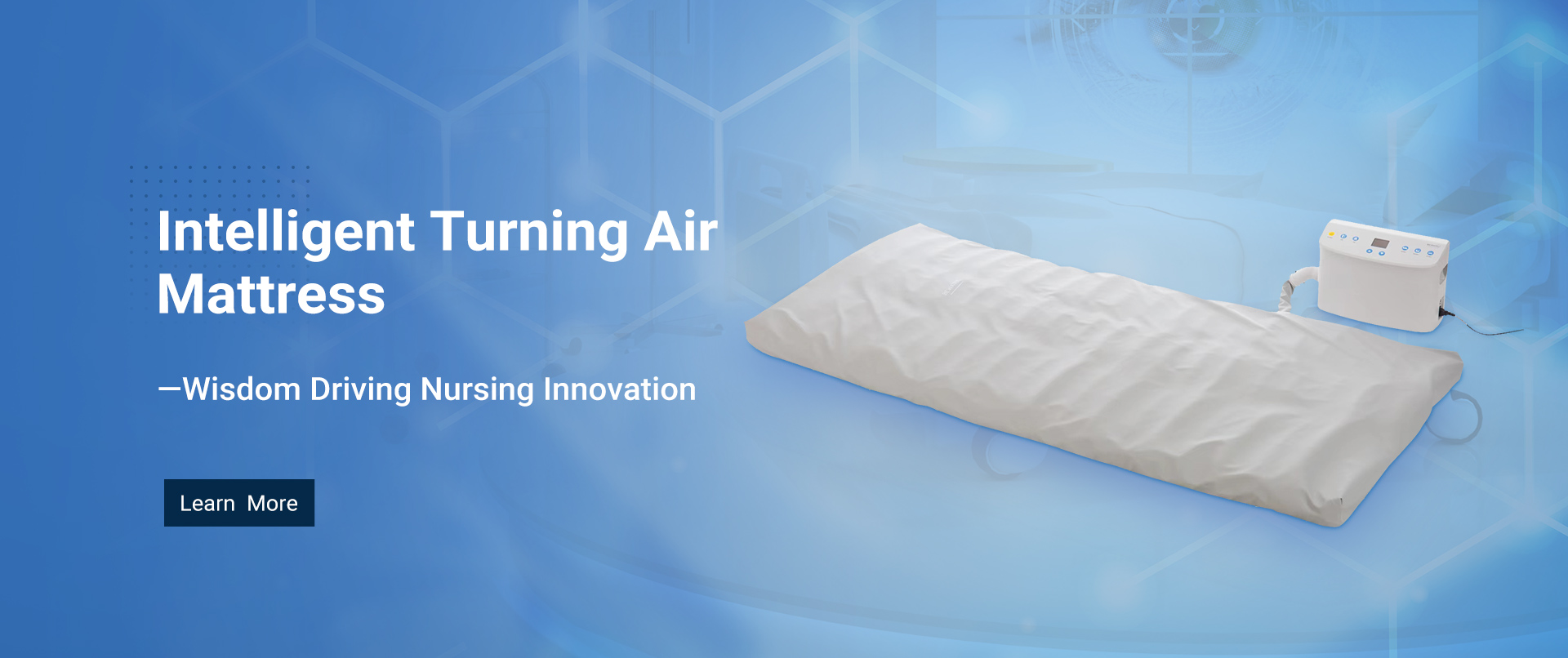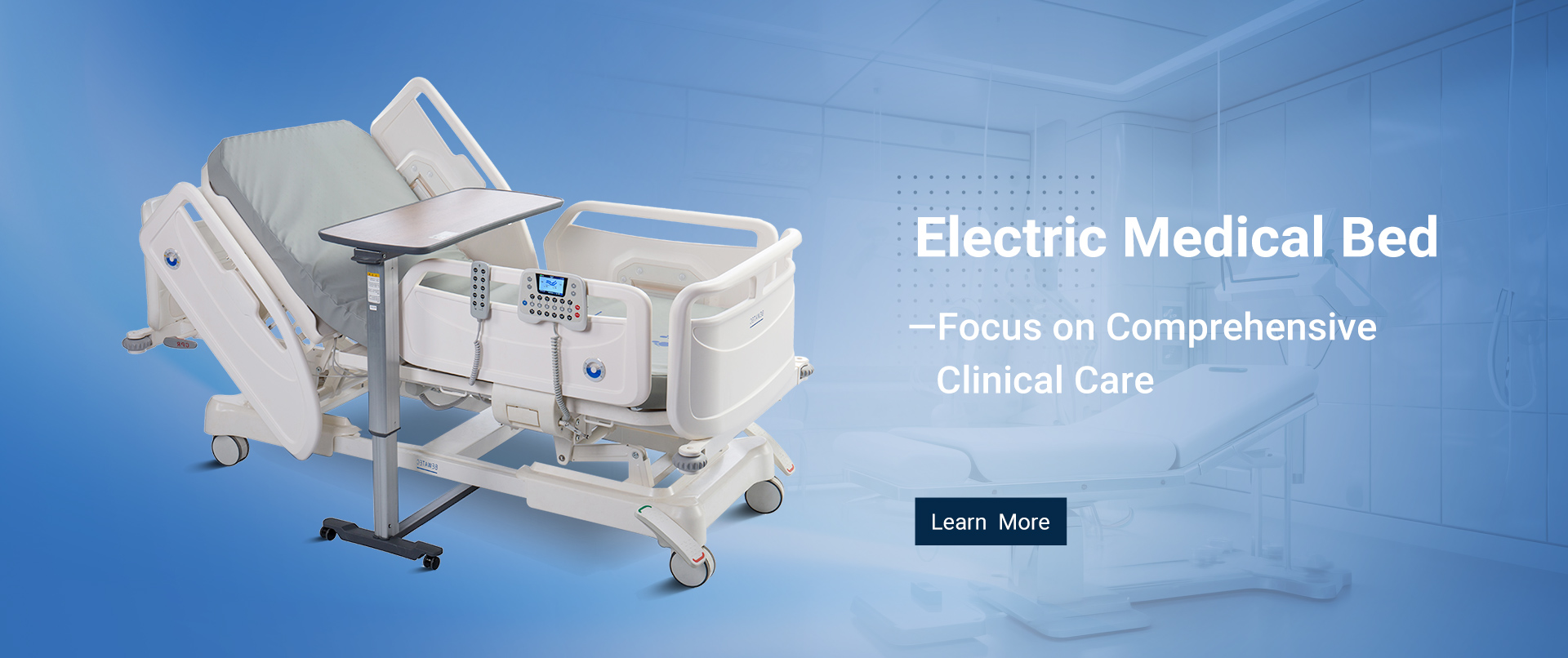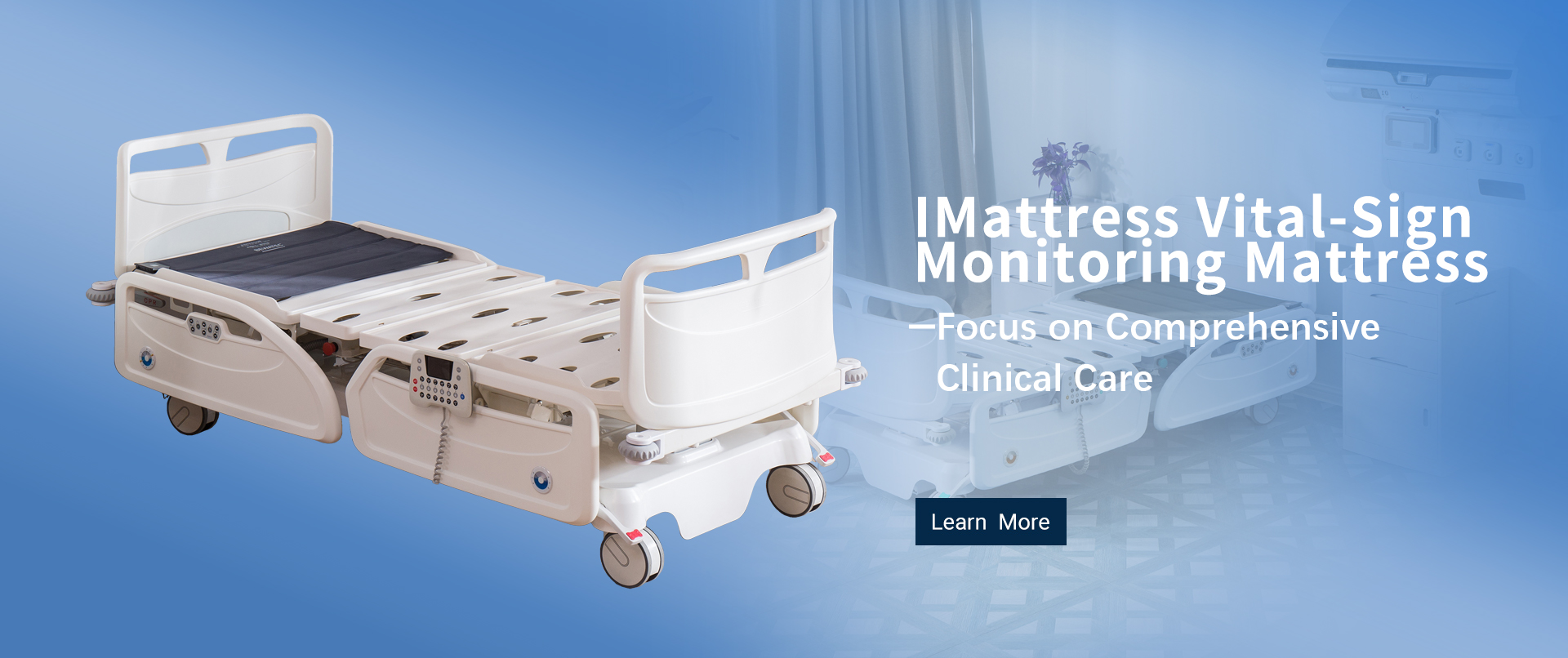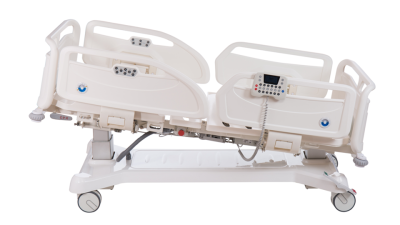
Mastering the Use of Automatic Medical Beds: A Comprehensive Guide to Enhanced Patient Care
Table of Contents
- The Evolution of Automatic Medical Beds: Historical Context and Current Trends
- Key Features of Automatic Medical Beds That Enhance Patient Comfort and Safety
- Impact of Automatic Medical Beds on Patient Recovery Times and Health Outcomes
- Integrating Automatic Medical Beds into Modern Healthcare Facilities: Best Practices
- Cost-Benefit Analysis: Investing in Automatic Medical Beds for Improved Patient Care
- Training Healthcare Staff for Optimal Use of Automatic Medical Beds in Clinical Settings
- Enhancing Patient Comfort and Care: The A7 Electric Medical Bed with Seven Functions from Aceso Series
- FAQS
- Related Posts
You know, the healthcare world is really changing lately—more and more, we're seeing automation and smart tech taking over. I came across a recent report from Mordor Intelligence that said the global market for automatic medical beds could hit about USD 3.75 billion by 2026. Pretty crazy, right? It just shows how much people are craving better, more adaptable ways to care for patients. At the heart of all this innovation is Bewatec (Zhejiang) Medical Device Co., Ltd.—they’re really leading the charge with smart medical solutions and digital upgrades. Their automatic medical beds, for instance, are all about making patients more comfortable, safer, and receiving personalized care. Plus, they help healthcare providers work more smoothly and efficiently.
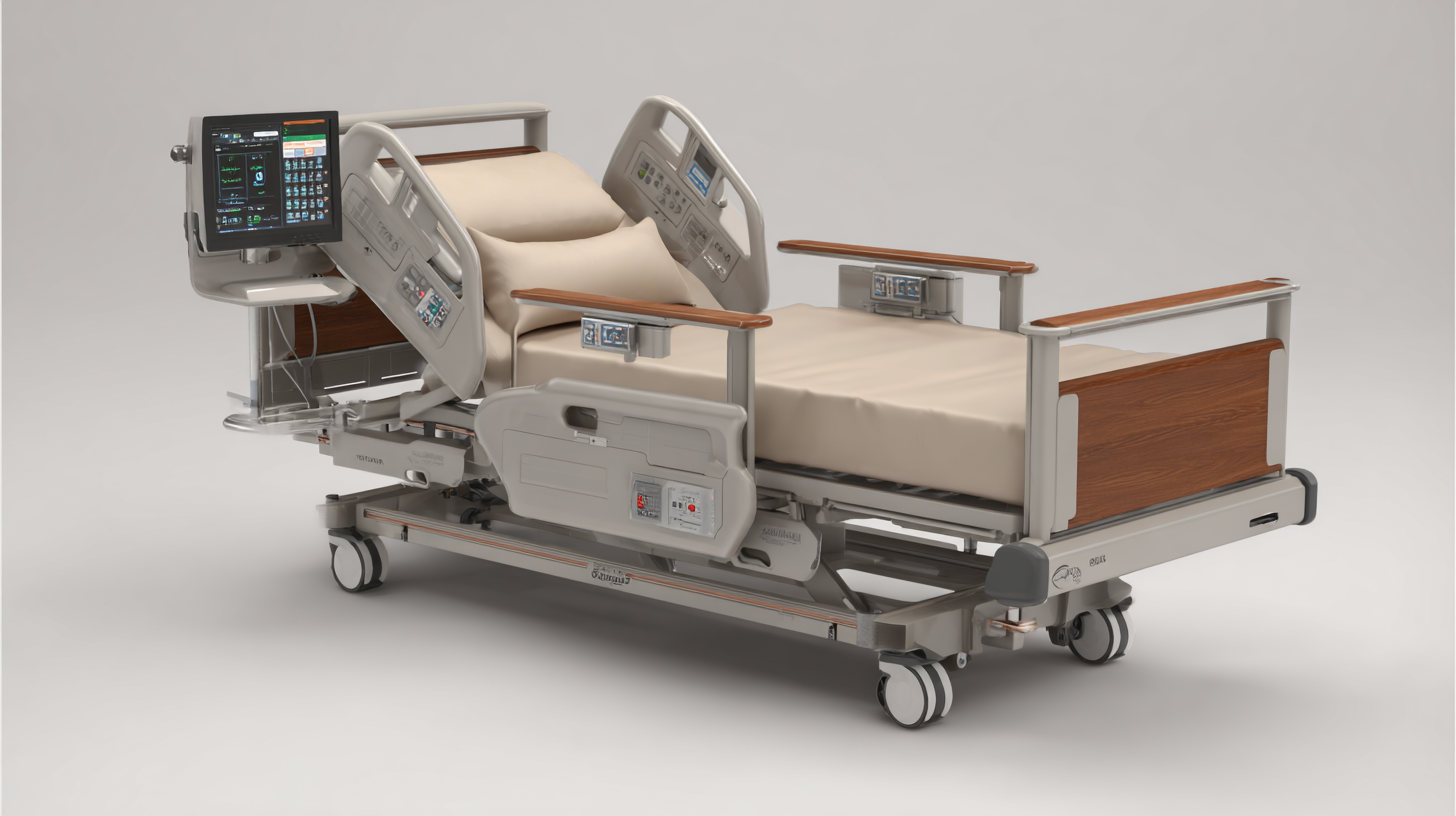
In this guide, I’ll walk you through the benefits, key features, and even some alternatives to these beds—all highlighting just how essential they’re becoming in today’s healthcare setting.
The Evolution of Automatic Medical Beds: Historical Context and Current Trends
The world of automatic medical beds has come a long way over the years, really mirroring those big shifts we're seeing in healthcare tech. I mean, back in the day, hospital beds were pretty much all about basic functionality and comfort — nothing fancy. But now, with all the tech improvements, that's totally changed. These days, modern automated medical beds come loaded with cool features like built-in sensors, adjustable settings, and even AI that keeps an eye on patient vitals in real-time. It’s pretty impressive! This whole evolution isn’t just about making patients more comfortable, either — it also ramped up safety and overall quality of care. It helps health pros give more personalized treatment without breaking a sweat.
Looking at the current scene, it’s clear that hospitals and clinics are really craving more advanced medical gear, including these high-tech beds. The healthcare industry’s trying to keep up with all these financial pressures too — with expenses climbing faster than average inflation and economic growth. So, hospitals are always looking for smarter ways to improve patient outcomes without blowing their budgets. Plus, the push for better quality care and safety is pushing innovation, especially with AI-powered beds that let teams stay ahead of problems rather than just react to them. And, honestly, with staff shortages and limited resources becoming more common, these fancy beds are a real game-changer. They make caring for patients more efficient and effective, which is a win-win all around.
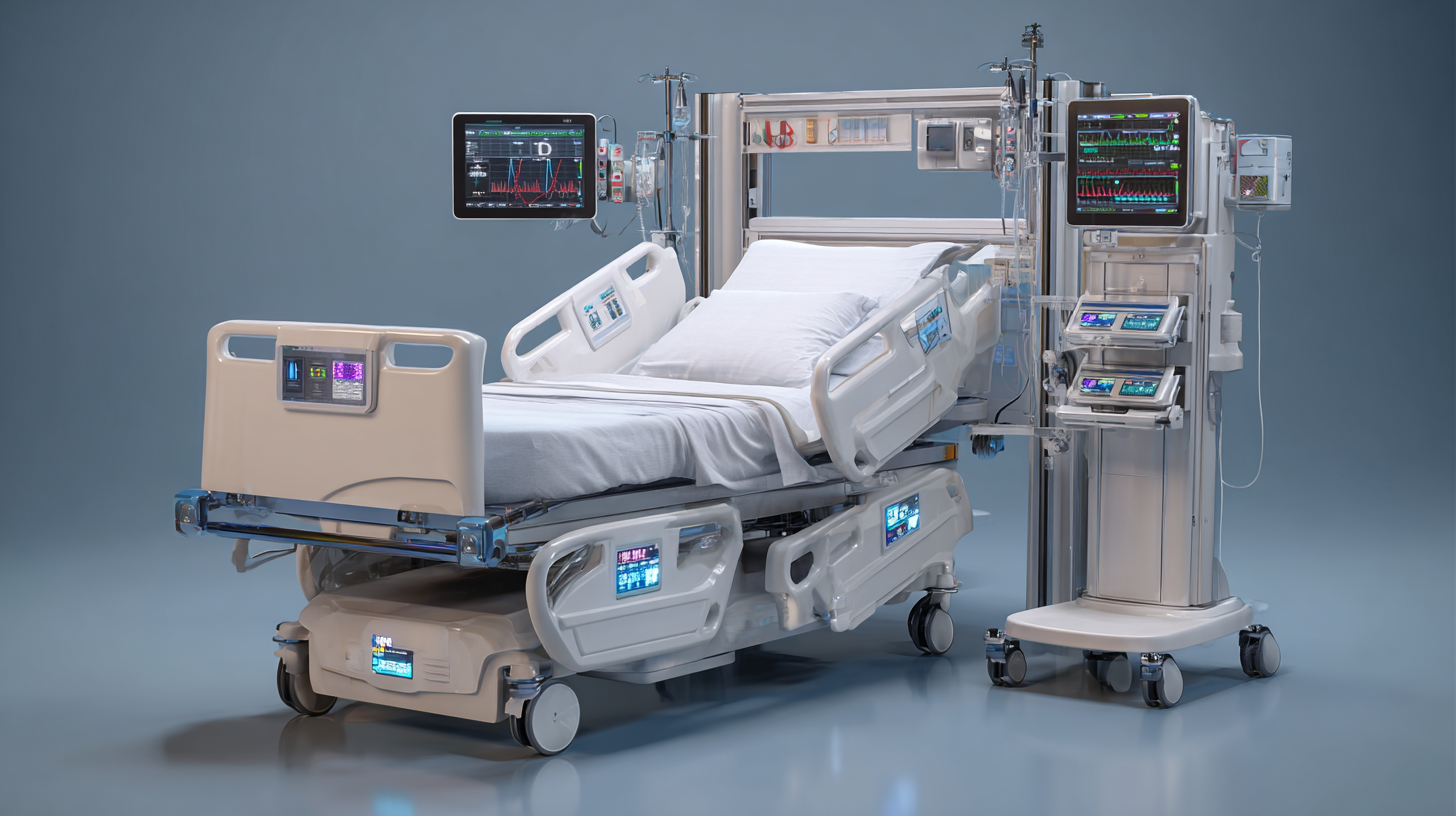
Key Features of Automatic Medical Beds That Enhance Patient Comfort and Safety
Automatic medical beds are really changing the game when it comes to patient care. They come loaded with smart features—think IoT and AI—that let healthcare providers keep an eye on vital signs in real-time. This means they can react quickly if anything’s off, which not only boosts safety but also keeps patients more comfortable. The beds can even automatically adjust throughout the night to fit each person's needs, making a big difference in comfort.
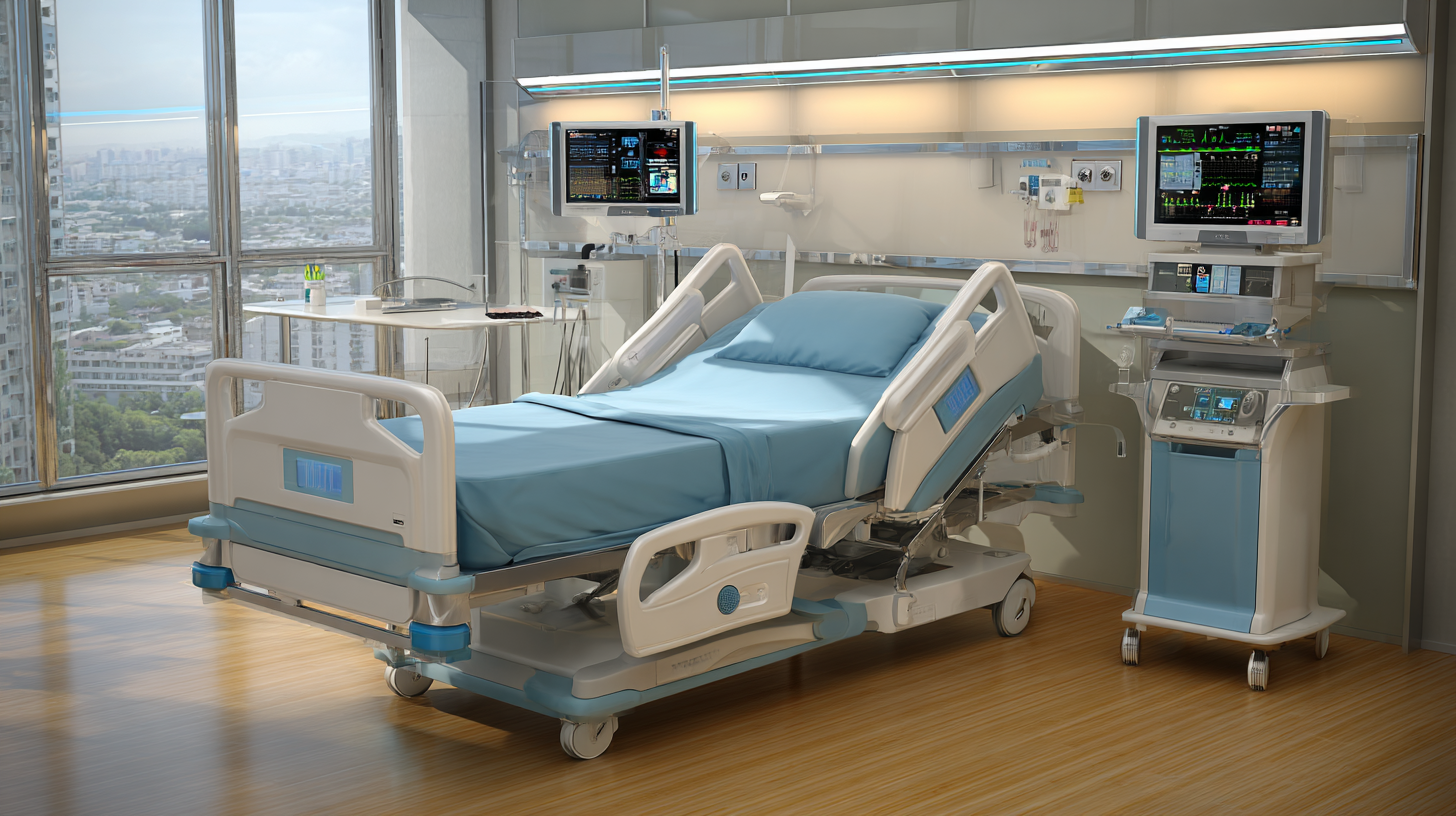
On top of that, the design of these beds really focuses on hygiene and making life easier for caregivers. Many of them have automatic movement features, which are super important for preventing pressure sores, especially for patients who can’t move around much. As hospital room designs evolve, these beds are becoming a central part of creating a healing environment that meets the challenges of modern healthcare. And as technology keeps improving, I honestly think these smart solutions are going to totally change the patient experience—focusing on comfort without sacrificing clinical effectiveness, which is such a big deal for recovery.
Impact of Automatic Medical Beds on Patient Recovery Times and Health Outcomes
Actually, bringing automatic medical beds into healthcare settings is a pretty big step forward. It’s like, these high-tech beds not only make patients more comfortable, but they also help staff keep a closer eye on everyone’s condition without all the hassle. The cool part? These beds can change positions automatically, which really cuts down on risks like pressure ulcers — those pesky sores that can complicate recovery. And honestly, this tech is just the beginning. It’s happening alongside the rise of artificial intelligence (AI), and together, they’re totally changing the way healthcare works.
When AI tools team up with smart beds, they can analyze data in real time and even predict what might happen next health-wise. That kind of insight helps personalize patient care, so treatments are more tailored to each person’s recovery journey. With hospitals busier than ever and staff stretched thin, adopting these automated solutions isn’t just a nice-to-have anymore — it’s pretty much essential. Using AI and automated beds together means hospitals can run more smoothly, patients can heal faster, and overall, the quality of care just gets better. Looking ahead, the future of healthcare is definitely about blending these innovative technologies seamlessly — it’s a game-changer that’s going to totally reshape how we approach patient care.
Integrating Automatic Medical Beds into Modern Healthcare Facilities: Best Practices
Bringing automatic medical beds into today’s healthcare settings is a pretty big deal when it comes to improving how patients are cared for. These beds aren’t just about making things more comfortable; they also help with better monitoring and treatment. As healthcare systems keep getting smarter with AI and IoT tech, these beds can be customized to collect important data, giving healthcare providers real-time updates on a patient’s condition. It’s a game-changer for making care more personalized and efficient.
A quick tip: Make sure the staff is well-trained on how these beds work—that way, they can really make the most of all the features. Knowing how to automate adjustments for patient mobility or pressure relief can make a big difference in a patient’s comfort and recovery speed.
Plus, investing in smart hospital beds can really boost how smoothly things run behind the scenes. Another tip: Keep an eye on the data these beds generate—this info can help you plan staffing and allocate resources better, ensuring patient needs are met without breaking the bank. Moving towards a more connected, data-driven approach doesn’t just help patients get better outcomes; it also sets new standards in healthcare.
It’s pretty exciting to see how these tech upgrades can transform everything.
Cost-Benefit Analysis: Investing in Automatic Medical Beds for Improved Patient Care
Investing in automatic medical beds can really make a big difference for both patients and healthcare providers. These high-tech beds often come with cool features like adjustable positions, built-in monitoring systems, and pressure relief options that help keep patients comfy and safe. Yeah, they might seem pricey at first glance, but if you look at the bigger picture, they actually save money in the long run. By reducing injuries like falls or bedsores, these beds help shorten hospital stays and cut down on the need for intensive treatments.
Plus, when patients have more control over their comfort — like being able to adjust their bed easily — it makes their overall experience way better. This often results in faster recoveries too. On top of that, hospitals might find that they need fewer staff in some cases, which means healthcare workers can focus on other critical tasks. All in all, investing in these automated beds isn’t just about saving dollars; it's about genuinely enhancing patient care and satisfaction. And honestly, that makes it a smart move for any healthcare facility looking to improve outcomes and keep things efficient.
Training Healthcare Staff for Optimal Use of Automatic Medical Beds in Clinical Settings
Training healthcare staff to really get the hang of automatic medical beds is super important if we want to actually improve patient care. These high-tech beds are great—they help make patients more comfortable and make it easier for staff to move them around. But honestly, all that potential only comes through proper training. That’s why setting up a well-structured program that focuses on what these beds can do—like adjusting their positions and safety features—is such a good idea. Hands-on sessions where staff can actually try things out are key—they help people feel more confident and familiar with the tech, instead of just reading about it.
Plus, it’s not a one-and-done thing. Healthcare workers need ongoing education, with regular refresher courses, to stay sharp and up-to-date on the latest tech advances. Encouraging staff to share their experiences and talk about any challenges they face can make a huge difference, too—it helps everyone learn from each other and work better as a team. Bottom line? Prioritizing thorough training means that hospitals can be sure their teams are fully equipped to use these beds effectively, which ultimately means better care for patients.
Mastering the Use of Automatic Medical Beds: Patient Care Improvements
Enhancing Patient Comfort and Care: The A7 Electric Medical Bed with Seven Functions from Aceso Series
In the ever-evolving world of healthcare, the focus on enhancing patient comfort and care has taken center stage. The A7 Electric Medical Bed from the Aceso Series stands out with its innovative design and functionality. Tailored for both emergency situations and recovery phases, this state-of-the-art Intelligent Critical Care Bed offers patients comprehensive support throughout their healthcare journey.
With seven versatile functions, the A7 bed ensures that patient comfort is paramount. Its unique features allow for easy adjustments, enabling medical staff to cater to individual needs effectively. Whether it’s elevating the head or foot of the bed, or providing specific positioning assistance, the A7 bed helps create an environment that promotes healing and comfort. As a result, patients can experience reduced stress and anxiety, which are crucial factors in their overall recovery.
Moreover, the design of the A7 bed facilitates not just patient care but also enhances workflow for healthcare providers. The intuitive controls and ergonomic layout make it easier for nurses and doctors to manage treatments and monitor vital signs without interrupting patient comfort. This synergy of technology and compassionate care truly redefines the experience of patients in critical conditions, ensuring they receive the total care they deserve.
FAQS
: Automatic medical beds are advanced beds designed for patient care that integrate technologies such as IoT and AI to enhance patient comfort and safety through features like real-time monitoring of vital signs.
These beds can automatically adjust to a patient's needs throughout the night, allowing for greater comfort and promoting better rest.
They include real-time monitoring of vital signs, automatic body movement features to prevent pressure sores, and adjustable positions that help minimize the risk of patient injuries.
While the initial cost may be high, they can lead to reduced long-term healthcare expenditures by minimizing injuries and promoting shorter hospital stays, ultimately enhancing patient care and satisfaction.
By allowing patients greater control over their comfort and care, these beds can improve overall patient satisfaction and lead to better recovery rates.
Yes, these beds can streamline certain caregiving tasks, enabling staff to focus on more critical responsibilities, thereby optimizing resource use.
They are integral to modern patient room designs that focus on creating a healing environment, accommodating the complexities of contemporary healthcare.
Facilities may see decreased injuries, shorter hospital stays, improved patient outcomes, and overall economic benefits from investing in these advanced beds.
Related Posts
-

Finding Top Quality Medical Bed Suppliers A Comprehensive Checklist for Success
-

Future Innovations in Best Hospital Equipment Bed for 2025 and Beyond
-

How to Choose the Best Medical Bed Manufacturer for Your Healthcare Facility
-

Navigating the Future of Best Medical Beds Manufacturers in 2025 with Technological Innovations Guide
-
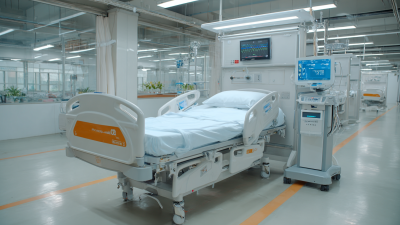
Precision Craftsmanship in Medical Bed Manufacturing: How China's Innovations Serve Global Health Needs
-

2025 Trends: The Ultimate Connected Health Monitoring Solutions for Wifi and 4/5G
Blog Tags:


